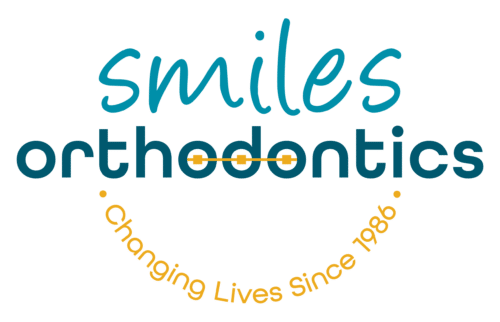
Types of Malocclusions
- Overbite: An overbite occurs when the upper front teeth excessively overlap the lower front teeth vertically. This can lead to issues such as jaw pain, difficulty chewing, and increased risk of tooth wear.
- Underbite: In contrast to an overbite, an underbite occurs when the lower front teeth protrude past the upper front teeth. It can result in speech difficulties, facial asymmetry, and problems with biting and chewing.
- Crossbite: A crossbite occurs when some of the upper teeth sit inside the lower teeth when the jaw is closed. This misalignment can lead to uneven wear of teeth, gum recession, and jaw pain.
- Open Bite: An open bite is defined by a space between the upper and lower front teeth when the mouth is shut. It can result in speech problems, difficulty biting into food, and increased pressure on the back teeth.
- Crowding: Crowding happens when there isn’t enough space in the jaw for all the teeth to fit properly. This can lead to overlapping teeth, increased risk of tooth decay and gum disease, and difficulty cleaning between teeth.
- Spacing: On the other hand, spacing occurs when there are gaps between teeth due to missing teeth or insufficient jaw growth. While minor gaps may be aesthetic concerns, larger spaces can cause speech difficulties and impact proper chewing function.
Causes of Malocclusions
Malocclusions can result from various factors, including genetics, thumb sucking or pacifier use in childhood, mouth breathing, premature loss of baby teeth, jaw injuries, and habits like tongue thrusting or nail biting. Additionally, poor dental hygiene and certain developmental issues can contribute to the development of malocclusions.
Orthodontic Treatment Options
Fortunately, orthodontic treatment can effectively address malocclusions and improve both dental function and aesthetics. Depending on the severity and type of malocclusion, treatment options may include:
- Traditional braces: Metal or ceramic brackets and wires are used to gradually move teeth into proper alignment.
- Invisalign®: Clear, removable aligners are custom-made to gently shift teeth into the desired position.
- Palatal expanders: These devices are used to widen the upper jaw to correct crossbites and create space for crowded teeth.
- Retainers: After active orthodontic treatment, retainers help maintain the new tooth positions and prevent relapse.
Schedule a Consultation Today
Understanding the different types of malocclusions is essential for recognizing when orthodontic intervention is necessary. If you or your child are experiencing any signs of malocclusion, such as difficulty chewing, speech problems, or jaw pain, don’t hesitate to schedule a consultation with our experienced orthodontic team at Smiles Orthodontics. Together, we can create a personalized treatment plan to achieve a healthier, more aligned smile for years to come.
